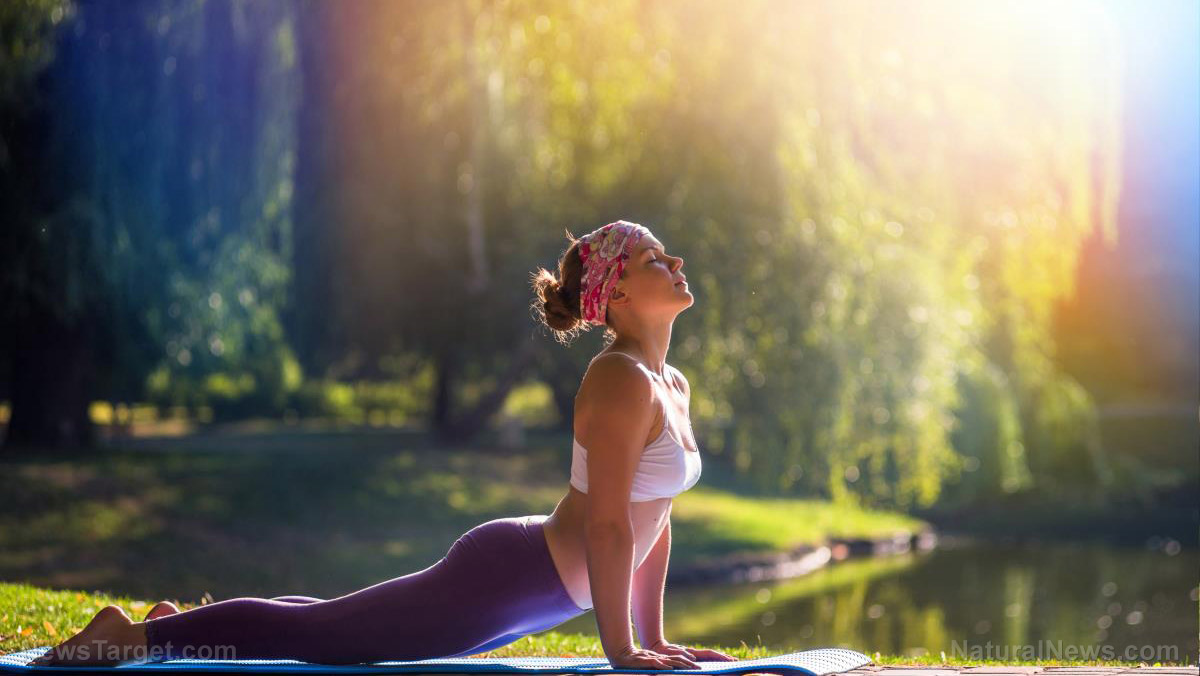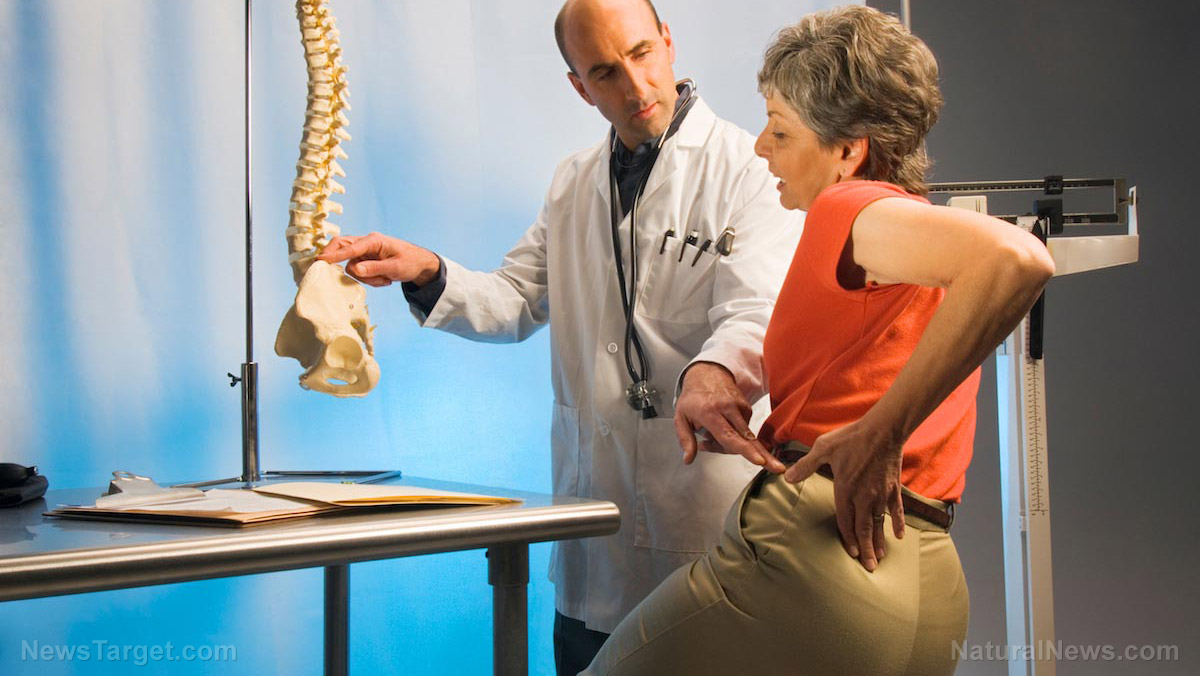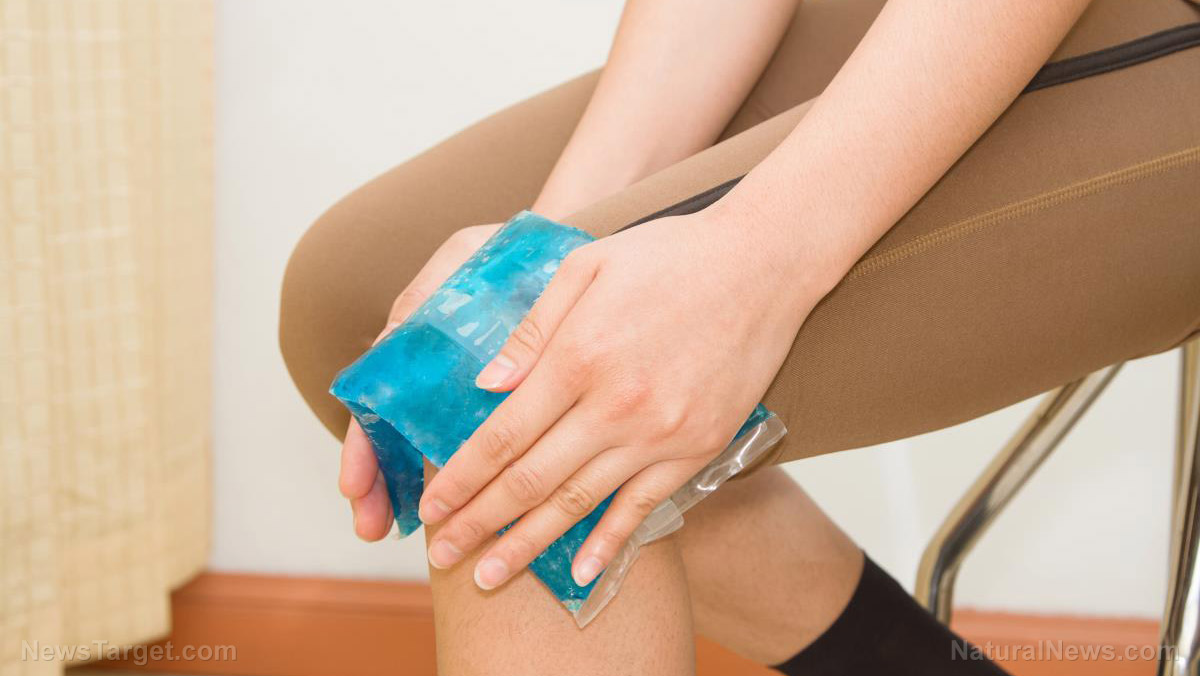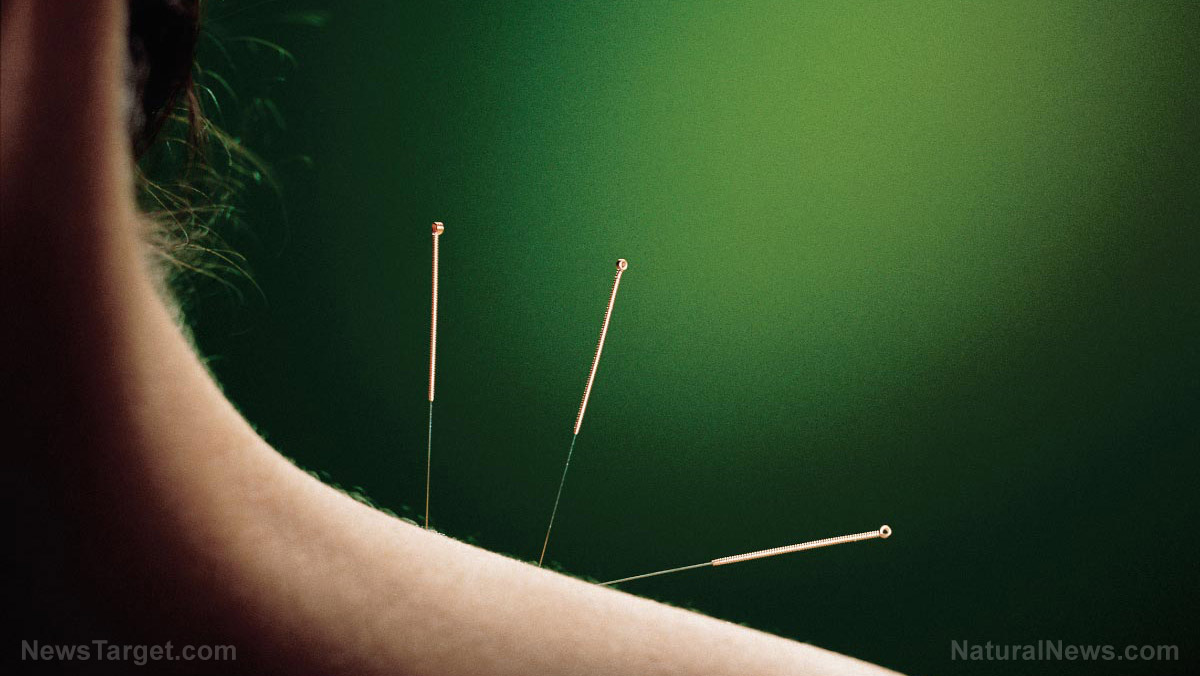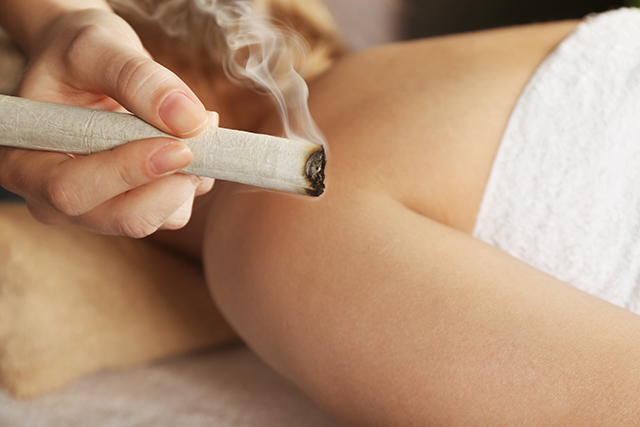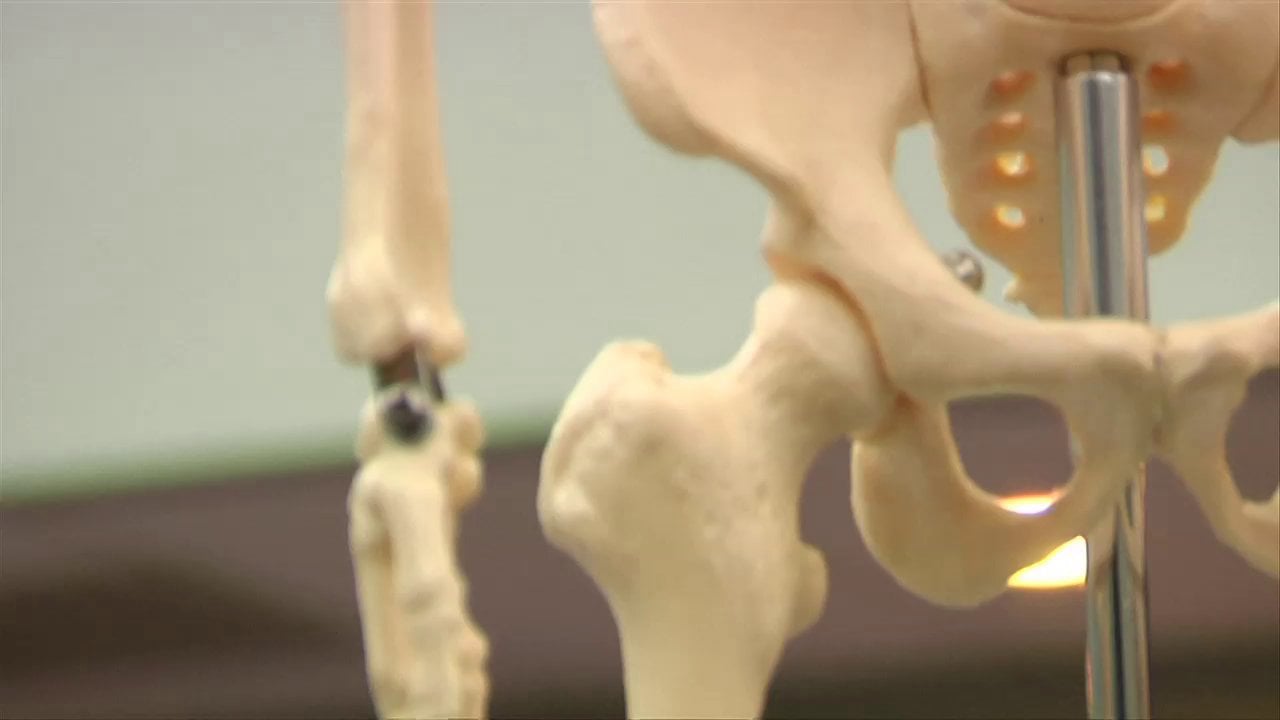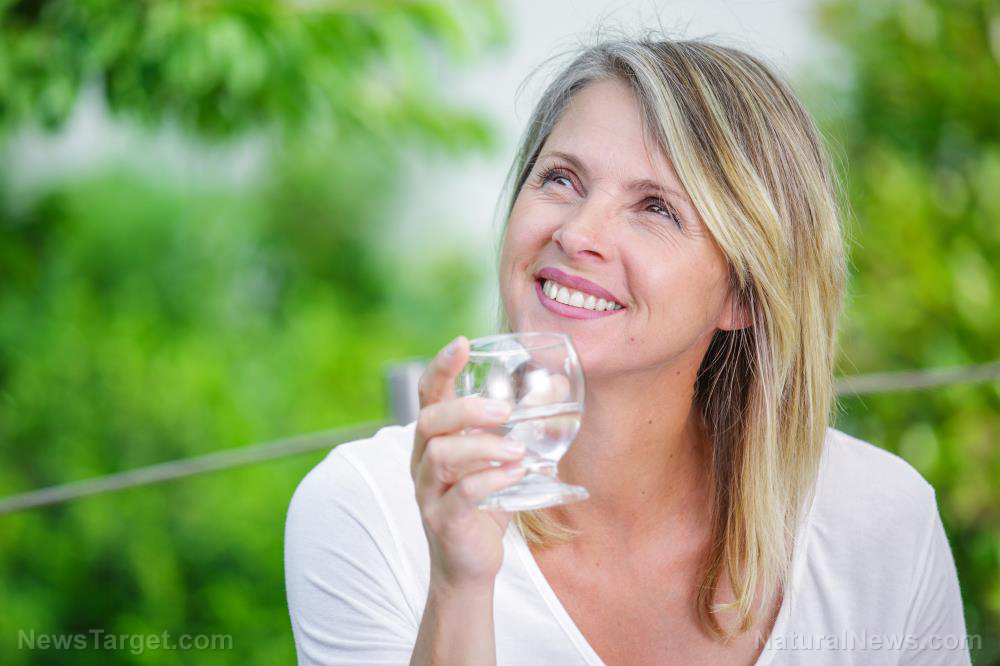Improve your blood flow with whole-body vibration exercise
02/12/2019 / By Ellaine Castillo
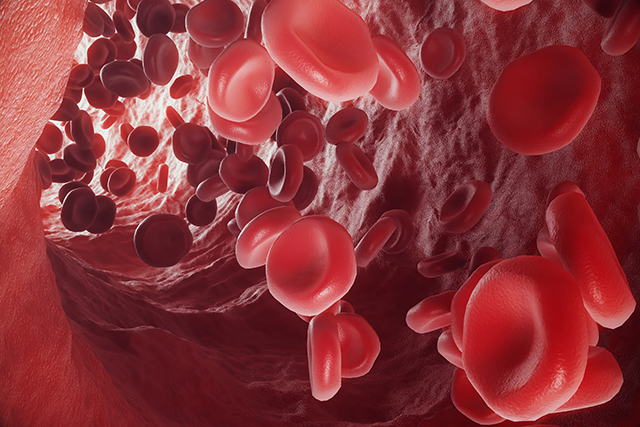
As a person ages, his body’s ability to control blood flow tends to deteriorate. This can result in problems later in life, especially when it comes to wound repair and body heat regulation. Fortunately, scientists in Brazil and Spain have found a promising therapeutic strategy for this problem in whole-body vibration exercise (WBVE). Their study, which was published in the African Journal of Traditional, Complementary and Alternative Medicines, revealed that WBVE can improve blood flow.
Patients with diabetes and rheumatic diseases also have a high risk of suffering from poor blood flow. This health problem results from poor constriction of blood vessels due to the excessive amounts of reactive oxygen species. Many health professionals recommend physical activity as a therapeutic strategy for this condition since it could improve blood circulation by stimulating nitric oxide production, as well as the excitation and signaling of ATP. Unfortunately, some patients who suffer from poor blood flow don’t have the ability to perform these physical activities. Because of this, there is a need for alternative procedures like WBVE.
WBVE is done by producing mechanical vibrations in platforms, which then transmit them to a person who is in contact with the platform. It can be done while standing, sitting, or lying down, just as long as the person maintains contact with the platform. In this study, the researchers reviewed articles on randomized, controlled trials regarding WBVE and blood flow. They then classified their levels of evidence based on a system adapted from the National Health and Medical Research Councils, which goes as follows:
- Level I — Systematic review of level II studies.
- Level II — Randomized controlled trial.
- Level III-1 — Pseudo-randomized controlled trial.
- Level III-2 — Comparative study with concurrent controls.
- Level III-3 — Comparative study without concurrent controls.
- Level IV — Case series with post-test or pre-test/post-test outcomes.
A total of eight studies were included in the study and from these, six were classified as level II, one as level III-2, and one as III-3. These studies indicated that WBVE does improve blood flow. However, the studies differed in terms of the protocols used, as well as their assessment devices.
Overall, these results prove that WBVE is a potential therapeutic strategy for poor blood flow. However, further research is needed to determine the best protocol to use in a clinical setting. (Related: Improving blood flow to fight disease: Whole-body vibration therapy found to increase blood and oxygen delivery.)
Other health benefits of whole-body vibration exercise
By doing WBVE, you can also enjoy the following health benefits:
- Aids in weight loss and muscle toning — WBVE can boost your metabolism and your heart rate so that you burn more fat. The vibrations also stimulate the muscles and cause them to become tighter.
- Boosts helpful hormones — This form of therapy is also great for people who are stressed since it can boost the production of serotonin, which can make you feel happier and more optimistic. Additionally, WBVE leads to an increase in human growth hormones that help fix damaged cells and burn fat tissue.
- Reduces back pain — People who suffer from back pain can experience relief by undergoing WBVE. This works by strengthening back muscles so that they would have better mobility and less pressure on their muscles.
- Increases bone density — WBVE can help prevent osteoporosis by increasing bone density. Additionally, high mineral density can reduce the risk of broken bones due to falls.
- Improves flexibility and balance — The oscillating motions of WBVE can help stretch and lengthen muscles so that they would have greater reach. Moreover, this form of exercise can reinforce your core and hip flexor muscles, which consequently improves your balance.
For more news articles on the benefits of whole body vibration exercise, visit MindBodyScience.news.
Sources include:
Tagged Under: blood circulation, blood flow, discoveries, longevity, medical tech, remedies, WBVE, whole-body vibration exercise






